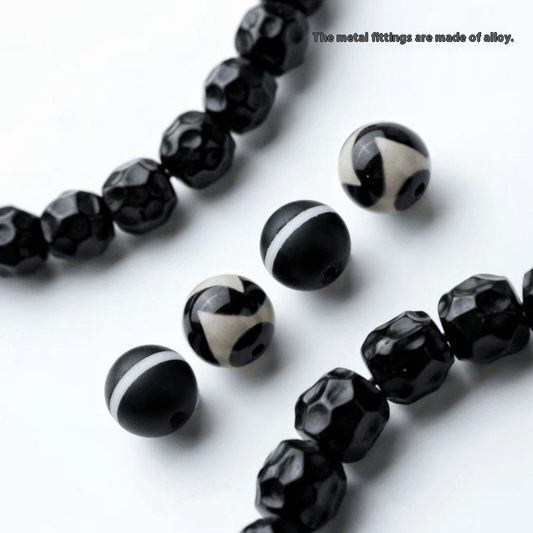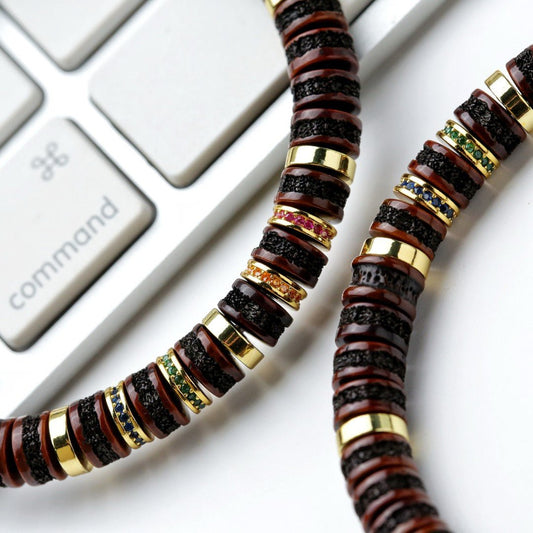
Amidst the complex pattern among Tibetan sacred practices lie two compelling artifacts: the traditional thangka and bodhi prayer bead. Every one, in its special manner, acts as a gateway for transcendental understanding. The thangka, a sacred artwork, portrays sacred entities, ritual circles, or spiritual tales, functioning as a reflection instrument.
Simultaneously, the bodhi bead, often crafted from semiprecious minerals, hardwood, pods, or hard tissue, is a tangible reminder of Buddha's awakening under the bodhi tree. Manipulating the beads fosters mental clarity.
- Simultaneously, the thangka and the bodhi bead manifest the fusion of creativity and faith. They offer a tangible link to the timeless doctrines of Tibetan Buddhism.
Narratives Engraved on Camel Fragments
Across distant millennia, antique treasures whisper tales pertaining to a world long lost. These are not ornate objects from forgotten empires, but unassuming camel bones engraved with figures that safeguard the mysteries of a bygone cycle. All elements preserve the echo originating from a life lived, a journey traveled, and a connection to the hallowed wisdom of which encompasses us all.
- It
- Bones
- Act as
Unlocking the Symbolism within Thangka Masterpieces
Tangkas are bright paintings on canvas, meticulously crafted by Tibetan artists to depict holy figures and scenes from Buddhist texts. Each detail within a thangka is laden with meaning, forming a complex tapestry of visual narratives that guide the viewer on a mindful journey. The chromatics used in thangkas are not merely aesthetic choices but carry deeper connotations, denoting different aspects of the Buddhist ideology. From the austere figures to the intricate textures, thangkas offer a peek into the rich world of Tibetan Buddhism, inviting us to meditate upon its knowledge.
- Authentic thangka art often depicts key Buddhist figures such as Buddha Shakyamuni, Bodhisattvas like Avalokiteshvara and Manjushri, and enlightened beings from various lineages of Tibetan Buddhism.
- Within these representations lies a wealth of understanding that can be accessed by those who investigate the symbolic language of thangkas.
Bodhisattva's Path to Enlightenment: Embodied in Beads and Bone
Upon the winding path to awakening, the Buddha wielded tokens imbued with profound depth. Entire bead and element held within them the essence of his enlightenment, presenting glimpses into the unfolding of reality. Alongside their appearance, the Buddha communicated profound discoveries that elude the realm of earthly perception.
From the reflective beads, crafted from special materials, spread vibrations that echoed with the refined powers within. The remains of a entity, meticulously transformed into talismans, served as tangible reminders of the impermanence native to all phenomena.
Thangkas: Windows into Himalayan Spirituality
Thangkas glowing paintings on cloth serve as strong representations of Himalayan spirituality. These intricate works of art, meticulously created with artful brushstrokes, depict a vast array of Buddhist deities, mandalas, and scenes from historic scriptures. Each thangka is an invaluable tool for meditation and contemplation, offering insight into the nuanced teachings of Buddhism.
- They are often used in ritual ceremonies within the framework of
- eliciting states of spiritual illumination.
- Thangkas exist not merely decorative works but rather gateways into the rich and engaging world of Himalayan spiritual traditions.
Discover the Depth of Bodhi Beads: A Path to Mindfulness and Compassion
Each pearl on a bodhi bead mala whispers tales of ancient wisdom, guiding us on a venture through the tranquil waters of mindfulness. As we grasp these intricately formed beads, our fingers trace the contours of every one, anchoring our cognition in the present moment. The gentle weight of the beads against our palms serves as a tangible reminder to take a breath, fostering a sense of stillness.
- Every time bead that passes between our fingers, we cultivate compassion, extending it first to ourselves and then outward to the world.
- Buddhism teaches us that mindfulness is a technique that requires patience and dedication.
Using the rhythmic repetition of mantra or simply the mindful tracking of the beads, we emancipate from the relentless chatter of the mind.
The practice involving bodhi beads is a soft invitation to re-engage our connection with ourselves and the world around us.
Spiritual Artistry: Designing Camel Bone Bracelets for Growth
Aim constitutes an essential momentum in our lives, shaping our experiences and guiding us towards our sacred journey. When we combine this intention with the ancestral experience of crafting a camel bone bracelet, we create a potent synergy that can boost our spiritual growth.Camel bone is ethereal in nature, representing endurance. Its natural beauty and classic appeal serve as a constant reminder of the divine force within each of us.As we carefully select each bone, infuse our intentions into the bracelet. With every knot or link, we implant our hopes, dreams, and aspirations for spiritual evolution. This act of creation becomes a meditative practice, aligning us with our inner wisdom and guiding us on a quest for enlightenment.- Draw inspiration from the bone’s inherent patterns.
- Imagine your dreams threading through each crafted segment.
- Keep it close as a symbol of your evolving journey.
The Fascinating Story of Camel Bone in Buddhism
In the rich tapestry embedded in Buddhist tradition, artifacts often hold profound symbolic meaning. Within these varied objects, camel bone stands out as a peculiar and gripping element. Amidst history, this material has been adopted in the crafting in various Buddhist artifacts, each imbued with specific connotations.
- Perceived as a symbol of resilience and strength due to the camel's ability to bear in harsh environments, camel bone often embodies spiritual fortitude.
- Furthermore, the color and texture concerning camel bone are believed via some to hold auspicious connotations, denoting purity and serenity.
Thereupon, camel bone has become a prized part of Buddhist heritage, serving as a tangible tie to the profound teachings within this ancient faith.
Thangka Panels: Visual Sacred Lore
Within the ethereal realm of Tibetan Buddhism, Thangka paintings emerge as sacred portals to enlightenment. These captivating works, meticulously crafted by skilled artists known as thangkapa, depict a myriad of vibrant deities, celestial beings, and mythical creatures. Each brushstroke imbues profound spiritual significance, narrating ancient tales and philosophical notions.
- Showcasing a vast anthology of Buddhist iconography, Thangkas serve as both devotional objects and instructional tools. Reverent practitioners gaze upon these paintings during rituals and meditations, seeking to achieve spiritual wisdom.
- Luxuriously ornamented with intricate details decorated with numerous vibrant hues, Thangkas are considered windows into the divine. Every painting acts as a symbolic representation of the Enlightened One's teachings and the path to liberation.
Via their compelling imagery and symbolism, Thangka paintings offer a glimpse into the rich mystical traditions of Tibet. They are a testament to the enduring charm of Tibetan art and its profound ability to stimulate.
Embracing the Duality: Thangkas and the Cycle of Life and Death
Thangkas, intricately detailed Tibetan paintings, illustrate a profound dialogue on the temporary aspect of life. Each intricate sketch depicts deities and beings engaged in the evolving journey of life and death, a concert of birth, growth, impermanence, and transformation. The artists skillfully interlace these concepts within the thangka's environment, highlighting the unity of all things. Through vivid icons, they invite us to meditate on our own journey. The cycle returns, a dance of coming and going, pointing out the preciousness of each moment. By embracing this duality, thangkas teach us to embrace the beauty in both life's joys and sorrows.Bands of Faith: The Significance of Bracelets in Buddhist Practice
In the intricate tapestry of Buddhist practice, seemingly humble objects often hold profound meaning. Among these are bracelets, which serve as tangible emblems of devotion and commitment to the path of Buddha. Worn on the wrist, a bracelet serves as a constant reminder of one's aspirations and intentions. It can suggest the impermanence of life, fostering practitioners to remain rooted in the present moment. Some bracelets may feature sacred glyphs, such as mantras or the names of Buddhas, which are regarded to summon positive energy and defense. Others frequently are made from matter with spiritual Thangka significance, like sandalwood or lotus seeds, enhancing the bracelet's meaning. Ultimately, the significance of a Buddhist bracelet extends far beyond its physical form. It becomes a powerful tool for thought, a motivation to live in harmony with the teachings of Buddha, and a source of one's unwavering belief.